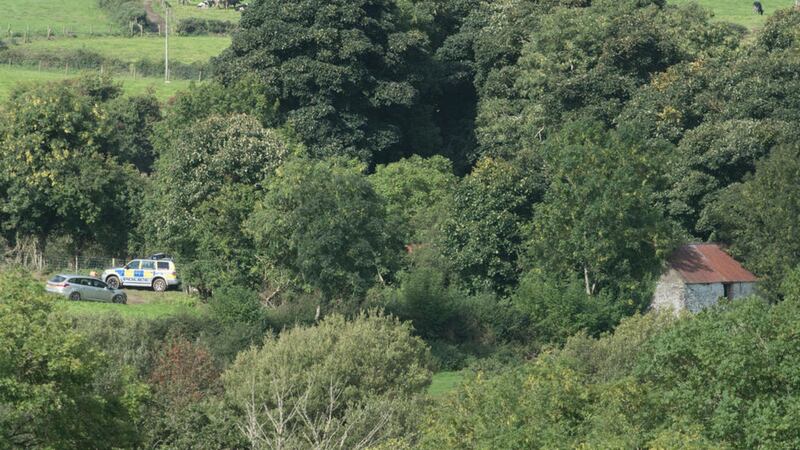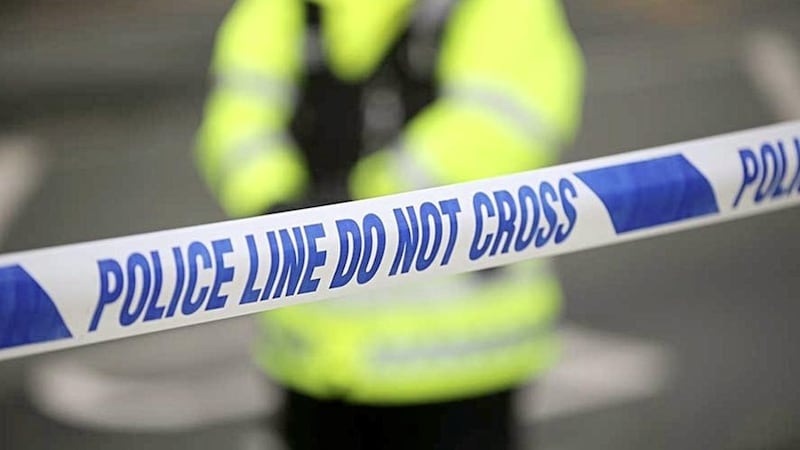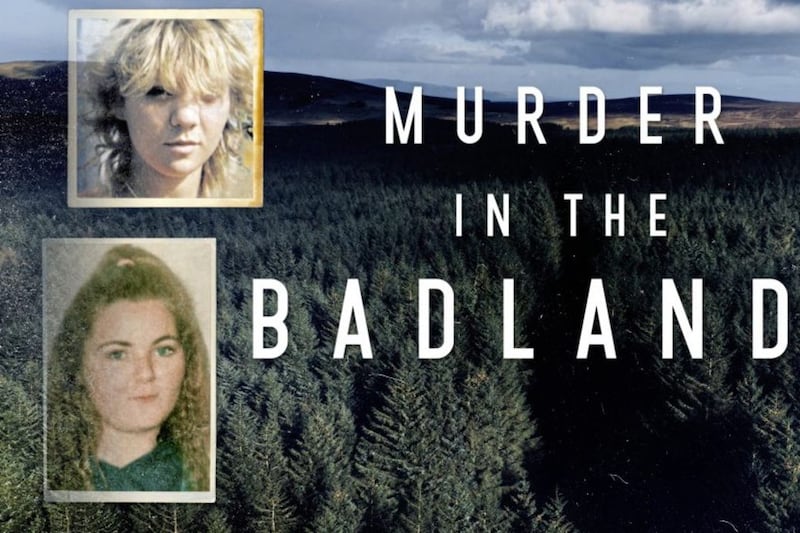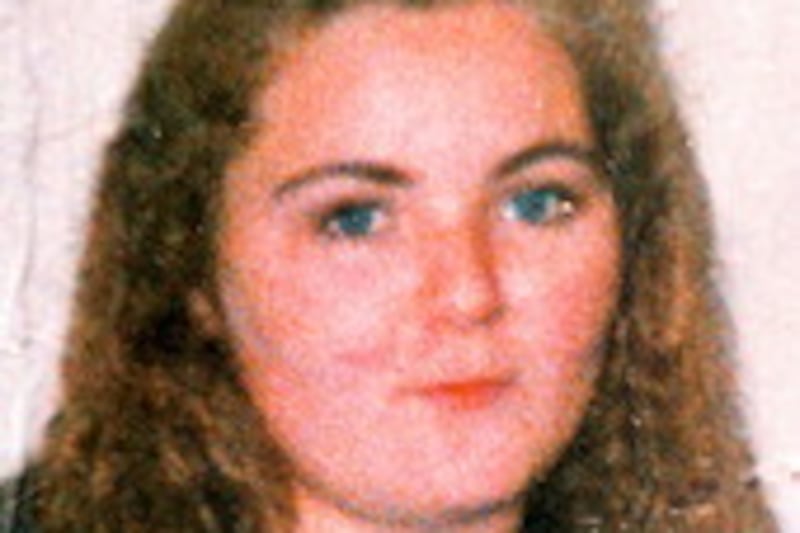THE family of missing teenager Arlene Arkinson have endured an "emotional week", a coroner's court has been told.
Although fresh searches failed to locate the schoolgirl's remains, her relatives are optimistic she will be found, their lawyer said.
Henry Toner QC told Belfast Coroner's Court on Monday: "The family have to remain hopeful and do so while being bitterly disappointed that Arlene's remains have not been found."
Details of the extent of the last week's digs at Killen in rural Co Tyrone were provided to the court.
In a statement, Detective Chief Superintendent Raymond Murray said specialists had examined two separate sites but found nothing suspicious.
He said: "The area of concern was a low mound roughly the shape and size you expect a grave to be. The mound was covered with stones which appeared to originate from a nearby dry stone wall.
"The actual excavation of the site took place on Friday September 16 and the experts concluded that no human remains were present."
Another area of disturbed ground was also ruled out, the court was told.
Mr Murray added: "When they were present at the scene they indicated another area, close by, where at some point soil may have been disturbed.
"The scene was held for a further day and this too was excavated. It was discovered to be an old septic tank.
"Nothing suspicious was discovered at either of the excavation sites and I directed that the scene be closed and the operation brought to an end."
The search was triggered when farmer Noel Doherty, who rents the land, found what appeared to be a shallow grave.
He said animals had eaten away vegetation to reveal a six foot by three foot plot filled with stones close to a house which has been derelict for about 15 years.
Mr Murray said: "Given the proximity of the house to the location where Arlene was last seen, he felt that this could possibly be the location where she had been buried.
"The area was in reasonably close proximity to both the place that Arlene had last been seen alive by an independent witness, and the location of the dwelling of the main suspect in the case, Robert Howard.
"Travelling time from either of these locations could be covered by car in a few minutes."
The Police Service of Northern Ireland deployed two forensic archaeologists from Bradford University, a specialist search adviser and major crime forensic adviser to work on the high-profile case.
Judge Brian Sherrard, who is presiding over the long-running inquest, expressed gratitude to the farmer for reporting his suspicions.
He said: "It is a matter of regret that nothing of evidential value was found. But it is reassuring that we live in a community that these matters are reported to the police and made subject to examination."
Meanwhile, it also emerged that the coroner's legal representatives are to meet officials from the Republic's State Solicitor's Office to discuss what, if any evidence, Garda officers can contribute.
It follows a legislative change in which Irish Justice Minister Frances Fitzgerald has authorised the sharing of information.
During a previous hearing earlier this month Judge Sherrard spoke out about the level of red tape hampering cross border co-operation.
The coroner added: "We have been informed that An Garda Siochana now have the green light, through legislation, to work with the inquest."
The meeting is expected to take place within the next fortnight.
The inquest has been adjourned until October 7.








